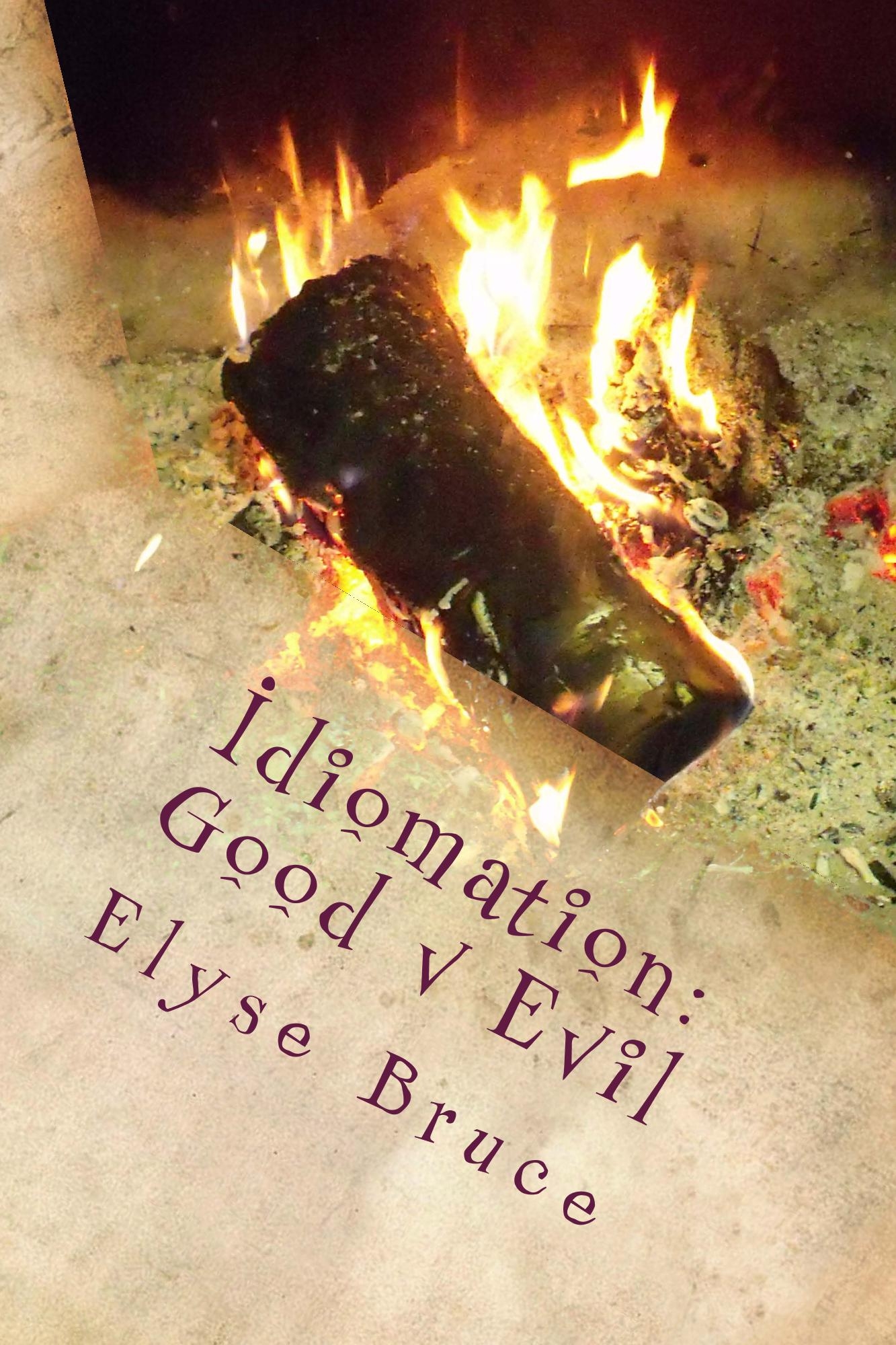Saved By The Bell
Posted by Admin on May 28, 2010
There are those who will tell you in dead earnest that “saved by the bell” originated sometime during the 15th Century during the Renaissance era. They are, of course, mistaken but it is a mistake that seems to have established a life of its own and is rarely questioned, even by knowledgeable individuals.
The claim is that back in the day, people were pronounced dead before their time and interred only to be dug up at a later date. Once unearthed, scratch marks on the inside of the coffin were noticed in some of the coffins which, of course, instilled fear in the living that they, too, might be mistakenly buried alive. While the fear persisted, there was no way devised at that time to alert people to anyone living being buried alive.
In fact, well into the 18th Century, famous people were still concerned with the possibility of being buried alive.
“All I desire for my own burial is not to be buried alive.” – Lord Chesterfield (1694 – 1773)
“Have me decently buried, but do not let my body be put into a vault in less than two days after I am dead.” – George Washington (1732 – 1799)
With all the fear around the subject, plans for safety coffins began to show up in patent offices around the world. One such safety box was referred to “The Improved Burial Case” by Franz Vester of Newark, New Jersey on August 25, 1868. Unfortunately, coffins hold very little air and the average otherwise healthy person would pass out within an hour or two once a coffin was sealed. Even if the individual could alert the world above him or her that he or she was living, unearthing the coffin in time is nearly impossible even using today’s technology.
Instead, the facts prove out that the practice of being “saved by the bell” comes from the sport of boxing. In fact, this option was a mandatory option under the Marquess of Queensberry rules ,which were introduced in England in 1867.
The phrase appeared in print shortly thereafter and was soon used as a figurative expression for being saved, as from an unpleasant occurrence, by a timely interruption.
“Martin Flaherty defeated Bobby Burns in 32 rounds by a complete knockout. Half a dozen times Flaherty was saved by the bell in the earlier rounds.” – The Fitchburg Daily Sentinel, February 1893
“Floored in the first session by a terrific right to the jaw, the bell saving the Jersey boy at the count of seven.”—Ring magazine, November 1932
“Saved by the bell, a boxer saved from being counted out because the end of the round is signalled.”—Boxing Dictionary by F. C. Avis, 1954
“If, in future, the bell interrupts a count, the count will continue until the boxer is counted out—unless he gets up in the meantime . . . The expression ‘saved by the bell ‘ will, therefore, become an anachronism.” — Times, 18 May 1963
So the match goes to this phrase being a boxing term and not at all related to safety coffins or the Renaissance era.


Leave a comment